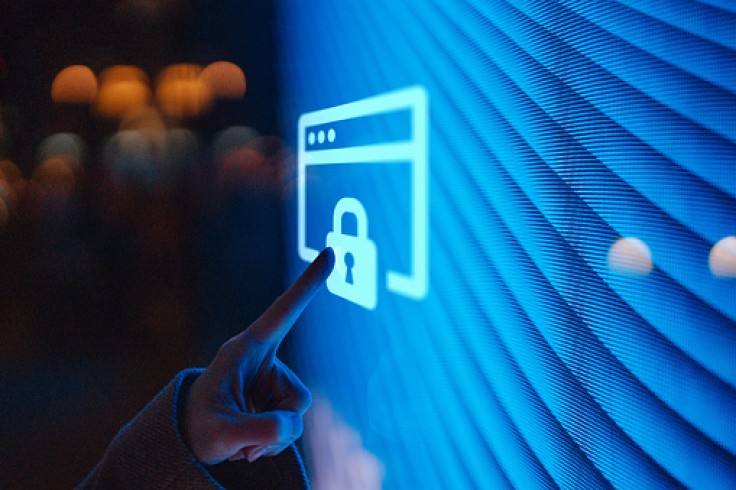You probably have at least one account on a certain social media or productivity site. While it's comforting to think that it's secure enough because you have a strong password, that might not be enough to keep bad actors out. For an extra layer of security, here are some security measures you should practice.

1. Two-Factor Authentication
Most social media sites now offer two-factor authentication (2FA) to better secure your account. You can skip this step, but it's best to set it up so that only the holder of the phone number used for the account, which is you, can confirm the second form of verification.
This is among the most secure ways to keep your account to yourself. Just note that this is still not a foolproof security measure. There are ways where bad actors can still receive the 2FA code that was meant to be sent to you through sim-swapping methods or phishing attacks.
2. Biometric Security
You won't find this security verification format in social media sites just yet. Mostly, they are used for online banking apps on top of 2FA, adding more protection. There are various biometric scans that are used such as facial recognition and fingerprint scanning.
Most use fingerprint scanning, which is actually more efficient as facial recognition might bug out when there's a slightest change to the person's face. Like the 2FA, there are also ways that a hacker can bypass this, but they will have to go through extreme measures to do that.
3. Firewall Protection
Firewalls are meant to monitor the data that goes in and out of network traffic, kind of like a security guard between the web and your device. They can be activated via your browser or the device to restrict unauthorized access.
It's important to choose the right tool, given that some firewalls are stronger than others. Be wary of scams that target your security wall. For instance, there are fake pop-ups saying that there are issues with your security. Most will ask you to call technical support, although it would be a scammer waiting on the other end.
4. OS and Software Updates
Once the software or your operating system shows a notification saying that there's an available update, you should install it right away or as soon as you can. These updates usually contain patches or bug fixes that prevent newer variations of malware.
Outdated software can easily be exploited, and even if you think that there's only a very small chance that you would be targeted by cybercriminals, then you're wrong. You can avoid these vulnerabilities with an update, which will only take a couple of minutes.
5. Backing Up Data
Having a copy of your data could save you from a headache when you are subjected to a ransomware attack. While this is not exactly a breach that happens to your online accounts, it does happen through your accounts and web activities.
With ransomware attacks, threat actors usually ask for money or other digital assets in exchange for the data they stole and encrypted. With a backup, you won't need to do anything ransomware groups ask, that is if they don't threaten to put your sensitive data on a public site.









